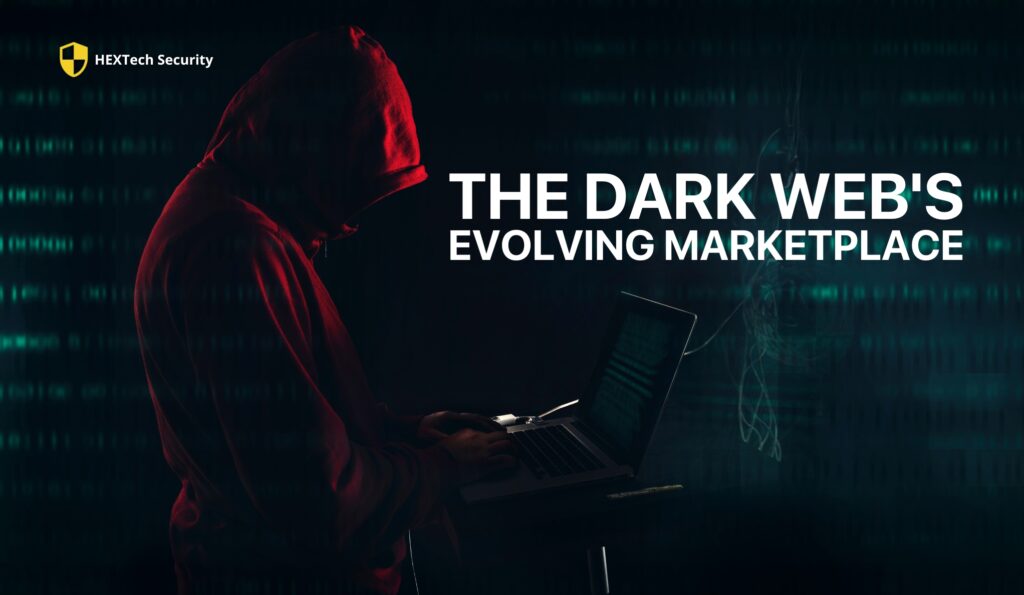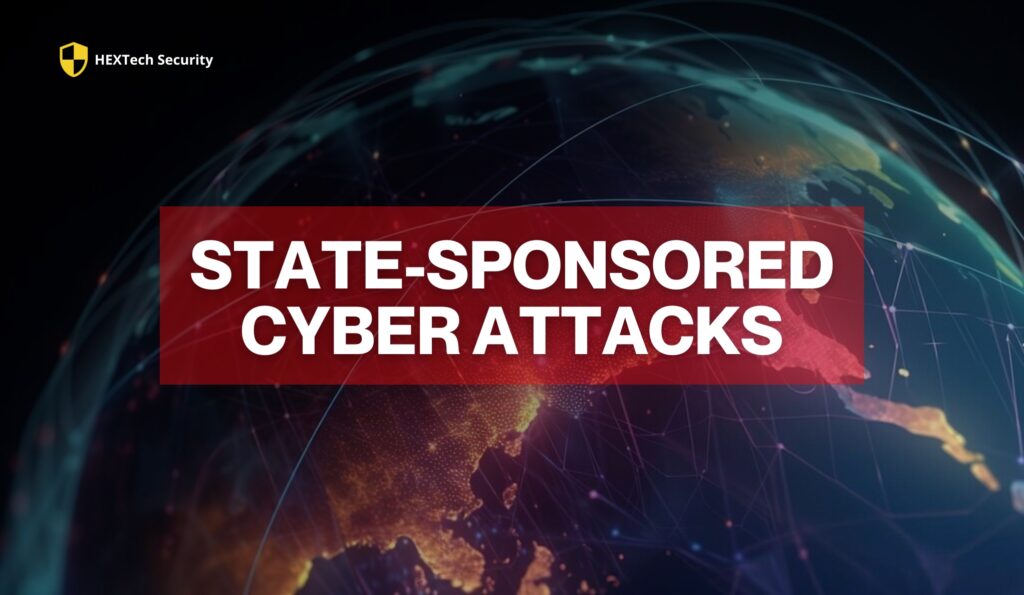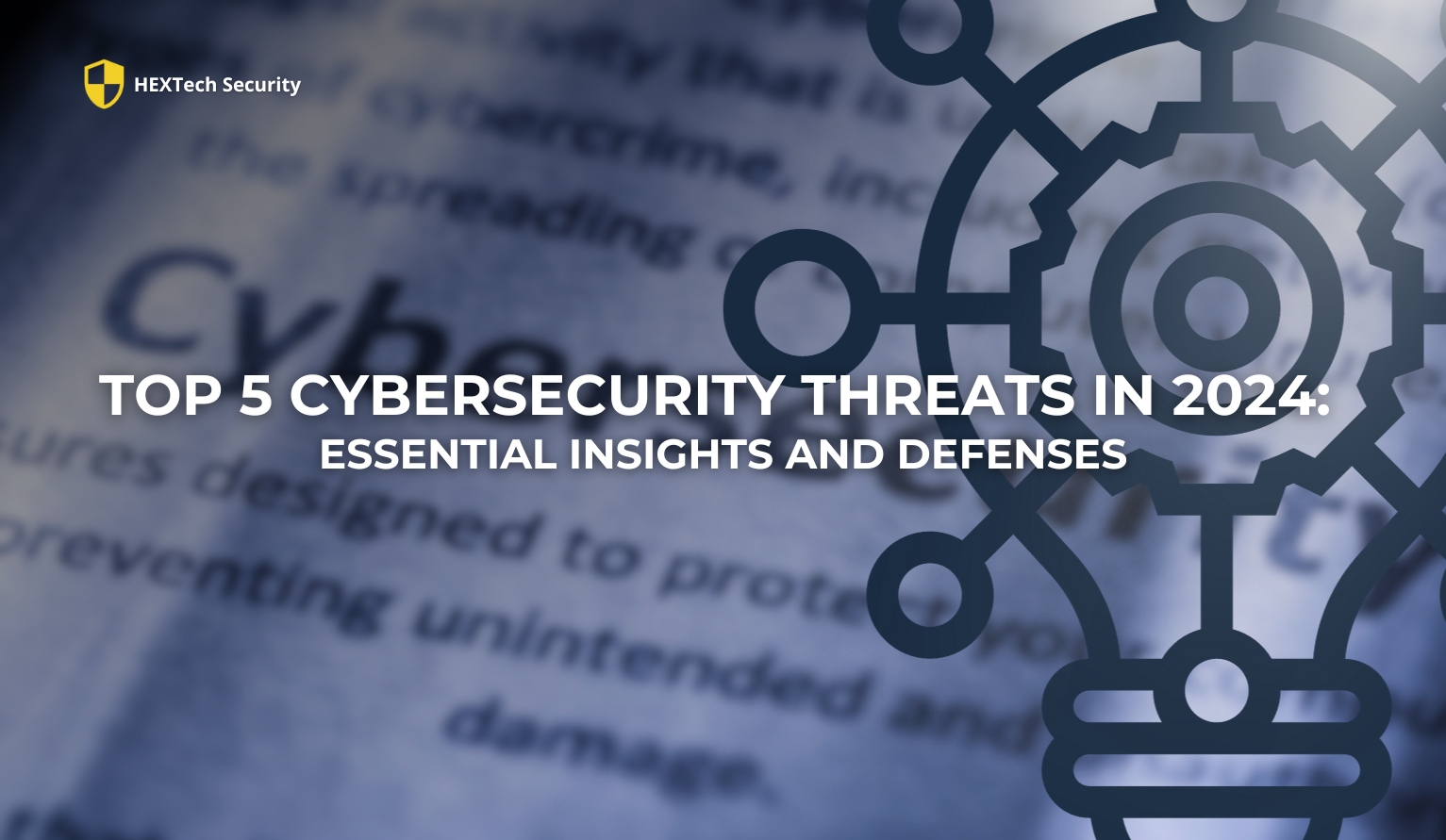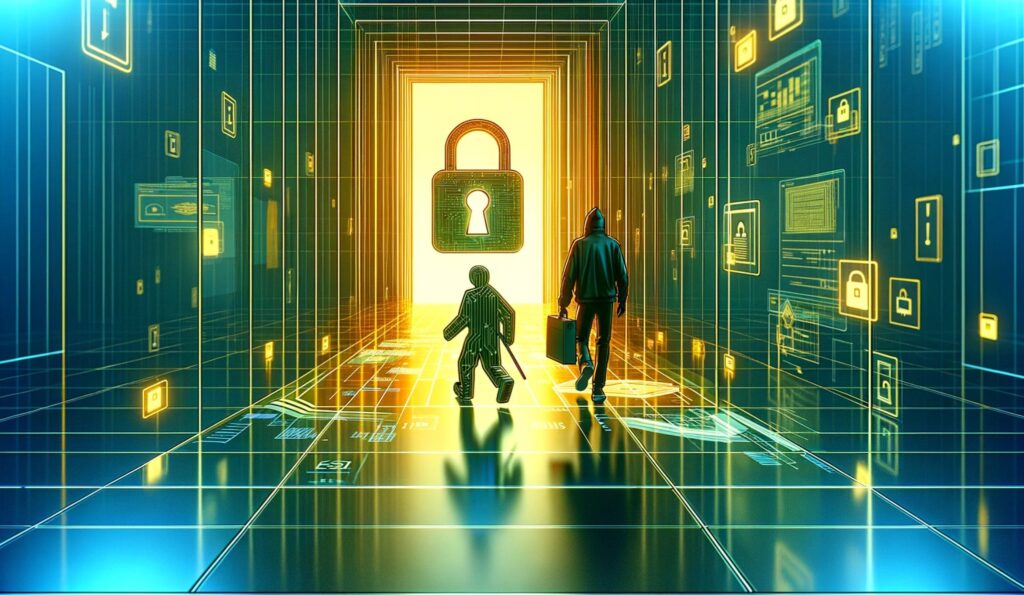As we usher in 2024, the digital ecosystem we navigate daily is increasingly becoming a battleground for cybersecurity. The surge in technology adoption has not only propelled us forward but also escalated the complexity and frequency of cyber threats. This year, we stand at a pivotal juncture where understanding and countering these threats is not just necessary; it’s imperative for our digital survival.
Our article, aims to equip you with crucial insights into the most pressing cybersecurity challenges we face today. From the innovative misuse of artificial intelligence in cyberattacks to the ever-evolving landscape of ransomware, we delve into each threat with a keen eye on detail and prevention.
The digital world is no longer just about connectivity; it’s also about the vulnerabilities that come with it. Our reliance on the internet and technology, while beneficial, has opened up new avenues for cybercriminals. These actors are continually refining their methods, using sophisticated techniques that can bypass traditional security measures.
In this article, we not only identify these top cybersecurity threats but also provide actionable strategies to mitigate them. Our goal is to foster a more secure digital environment, empowering readers with the knowledge and tools necessary to protect themselves and their organizations from these emerging cyber threats.
As we navigate through 2024, let this article serve as your guide to understanding and combating the cybersecurity challenges that lie ahead. The fight against cyber threats is ongoing, and staying informed is our best defense.
Top 5 Cyber Threats in 2024
Generative AI-Driven Attacks

2024 marks a significant shift in the cyber threat landscape with the advent of generative AI-driven attacks. These attacks harness the power of advanced AI technologies, fundamentally altering the dynamics of cyber threats. Generative AI has given rise to new, more efficient ways of conducting reconnaissance, exploiting system vulnerabilities, and launching phishing attacks.
- AI in Reconnaissance and Exploitation: Cybercriminals are now using AI to automate tasks like scanning for exposed assets and compiling lists of vulnerabilities. This automation allows for a broader and more effective scanning of potential targets, increasing the risk of successful breaches.
- Sophisticated Phishing Attempts: Cybersecurity experts are now using AI to create highly sophisticated phishing emails. Unlike past generic scams, these emails are personalized and utilize data from various sources, making them more convincing and challenging to identify as fraudulent.
- Emergence of Malicious AI Tools: Malicious AI tools, such as modified versions of popular language models, actively circulate on the dark web for use in cyberattacks. Designed to assist in developing and executing cyberattacks, these tools operate without ethical constraints.
In response to these threats, it is crucial for organizations to:
- Enhance Detection Capabilities: Implement tools capable of identifying AI-generated content and unusual patterns indicative of AI-driven attacks.
- Employee Training: Regularly update training programs to include awareness of AI-driven threats, focusing on the latest social engineering tactics.
- Vendor Responsibility: Verify the reliability of vendors supplying AI-powered cybersecurity tools and ensure their products are capable of addressing these emerging attack forms.
Ransomware-as-a-Service (RaaS) Innovations
The year continues to witness the evolution of Ransomware-as-a-Service (RaaS), a disturbing trend that democratizes cybercrime. RaaS platforms have made it easier for individuals with minimal technical expertise to launch ransomware attacks, thereby increasing the frequency and reach of these attacks.
- Innovation in RaaS Models: RaaS platforms are constantly innovating, offering new features and tools that make ransomware attacks more efficient and harder to trace. This innovation is not just in the ransomware itself but also in the distribution and payment systems that support these attacks.
- Rise of Initial Access Brokers: A growing trend in the RaaS ecosystem is the rise of initial access brokers – entities that specialize in breaching systems and then selling this access to ransomware operators. This trend indicates a professionalization of the cybercrime landscape, with specialized roles and services.
- Encryption-less Ransomware: A strategic shift in ransomware tactics is the use of encryption-less attacks. These attacks focus on stealing and threatening to release sensitive data rather than encrypting files, making them harder to detect by traditional security measures.
In response to these evolving ransomware threats, organizations should:
- Implement Comprehensive Security Measures: Adopt a layered security approach that includes advanced threat detection systems, regular data backups, and robust encryption to protect sensitive information.
- Focus on Anomaly Detection: Since encryption-less ransomware can bypass traditional security measures, it’s vital to have systems in place that can detect unusual activities and potential data exfiltration attempts.
- Educate Employees: Regular training sessions on the latest ransomware tactics and social engineering methods can help employees identify and prevent potential attacks.
The Dark Web’s Evolving Marketplace

The Dark Web in 2024 has become a hotbed for cybercriminal activities, with a significant rise in the availability and sophistication of tools designed for cyber attacks. The anonymity and lack of regulation on the Dark Web have led to the proliferation of a wide range of malicious tools and services.
- No-Code Malware and Plug-and-Play Kits: These tools have lowered the barrier to entry for cybercrime, allowing individuals without extensive technical knowledge to execute complex cyber attacks. The simplicity and effectiveness of these tools have contributed to an increase in cyber attacks.
- Fileless Attacks and Zero-Day Brokers: Another worrying trend on the Dark Web is the rise of fileless attacks, where attackers use legitimate tools or stolen credentials to infiltrate systems. This method leaves no malware traces, making detection more challenging. Additionally, the emergence of zero-day brokers, who sell undisclosed vulnerabilities, has added a new dimension to cyber threats.
- Increased Organized Criminal Activity: The Dark Web has seen a rise in organized criminal groups offering a variety of cybercrime services, including customer support for cyber attacks, highlighting the professionalization of cybercrime.
To counter these threats emanating from the Dark Web, organizations need to:
- Monitor Dark Web Activities: Engage in proactive monitoring of the Dark Web to stay informed about emerging threats and tools that could be used against them.
- Robust Access Controls and Segmentation: Implement strong access controls and network segmentation to limit the potential impact of an attack.
- Employee Awareness Programs: Regularly update security training for employees to include information on the latest tactics used by cybercriminals, especially those related to the Dark Web.
Targeting of Enterprise Tools and IoT Devices
In 2024, the targeting of enterprise tools and Internet of Things (IoT) devices has emerged as a prominent cybersecurity concern. As these technologies become increasingly integral to business operations, their security vulnerabilities offer attractive targets for cybercriminals.
- Enterprise Tools as Prime Targets: Cyber attackers have shifted their focus to enterprise tools, which are crucial for daily business operations. These tools, if compromised, can lead to significant disruptions and data breaches. The interconnected nature of these tools means that a breach in one can have cascading effects across an organization’s entire digital ecosystem.
- IoT Device Vulnerabilities: The proliferation of IoT devices in both consumer and industrial settings has outpaced the development of corresponding security measures. These devices often have inherent security weaknesses, such as default passwords or outdated software, making them easy targets for attackers.
- Rise in Attacks on Industrial IoT (IIoT): Industrial IoT devices, which are used in sectors like manufacturing and energy, are becoming frequent targets for cyber attacks. The attacks range from data theft to disruption of operations, and in some cases, they have the potential to cause physical damage.
To effectively counter these threats, organizations should:
- Implement Secure Coding Practices: Ensure that IoT devices and enterprise tools are developed with security in mind, including regular updates and patches to address vulnerabilities.
- Adopt a Zero-Trust Security Model: A zero-trust approach ensures rigorous verification for every individual and device trying to access resources in a network, regardless of whether they are within or outside of the network perimeter.
- Regular Monitoring and Segmentation: Continuously monitor networks for suspicious activities and implement network segmentation to isolate and contain any breaches that occur.
State-Sponsored Cyber Attacks

The year 2024 has seen a notable rise in state-sponsored cyber attacks, where nation-states or their proxies engage in cyber warfare to achieve strategic goals. These attacks are particularly alarming due to their scale, sophistication, and potential impact on national security and critical infrastructure.
- Targets and Motives: State-sponsored cyber attacks often target critical infrastructure, government networks, and key industries. The motives range from political and military advantages to industrial espionage and disruption of essential services.
- Escalation of Cyber Warfare: The involvement of nation-states in cyber attacks represents an escalation in the cyber threat landscape. These attacks are backed by significant resources and often involve advanced tactics that are difficult to defend against.
- Notable Trends: In recent times, state-sponsored attacks have become more blatant and aggressive, with some aiming to disrupt critical services or steal sensitive information. These attacks have been linked to various countries, each with their unique cyber capabilities and objectives.
In response to these heightened threats, organizations need to:
- Strengthen Collaborations: Build strong relationships with government and law enforcement agencies. Sharing information about threats can help in developing effective countermeasures.
- Implement Sophisticated Defenses: Use advanced cybersecurity solutions, including threat intelligence monitoring and incident response plans. These solutions should be capable of detecting and mitigating complex state-sponsored attacks.
- Comprehensive Defense Strategies: Prioritize a multilayered defense approach that includes both technological and procedural elements. Regular assessments and updates to security protocols are essential to stay ahead of evolving tactics used by nation-state actors.
The Push Towards Passwordless Authentication
the shift towards passwordless authentication has gained significant momentum. This change is driven by the need for stronger security measures in response to the increasing sophistication of cyber attacks.
Emergence of Biometrics and Other Methods
The traditional password system has shown its vulnerabilities, being susceptible to phishing, brute force attacks, and other forms of exploitation. In its place, biometric authentication methods like fingerprint and facial recognition are becoming more prevalent. These methods offer a higher level of security and are less susceptible to traditional forms of hacking.
Adoption in the Enterprise
Many organizations are adopting passwordless systems to enhance security and improve user experience. These systems often use a combination of biometric authentication and other methods like one-time passcodes sent to a user’s mobile device.
Debate Over Standards
While there’s a consensus on the need for passwordless authentication, the industry is still debating over the standards and technologies to be widely adopted. Some advocate for methods like FIDO2, which is resistant to phishing, while others point out its limitations and suggest alternative approaches.
To effectively implement passwordless authentication, organizations should:
- Evaluate Different Technologies: Assess the various passwordless technologies available and determine which best suits their specific needs and infrastructure.
- Enhance Security Infrastructure: Ensure that their security infrastructure is capable of supporting passwordless authentication, with adequate measures to prevent unauthorized access.
- User Education and Transition Planning: Educate users about the new authentication methods and plan a smooth transition from traditional password-based systems.
Conclusion: Staying Ahead of the Threats
As we conclude our exploration of the top cybersecurity threats of 2024, it’s evident that the landscape is continually evolving, with new challenges emerging at a rapid pace. The threats we have discussed – from AI-driven attacks to state-sponsored cyber warfare – underline the critical importance of staying ahead in the cybersecurity game.
In this environment, vigilance and proactive measures are key. Organizations must adopt a mindset of continuous learning and adaptation. The strategies to combat these threats are not static; they require ongoing refinement and updating as new vulnerabilities and attack methods are discovered.








